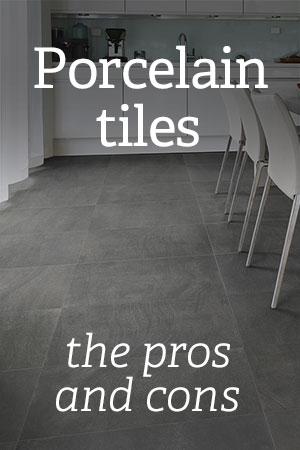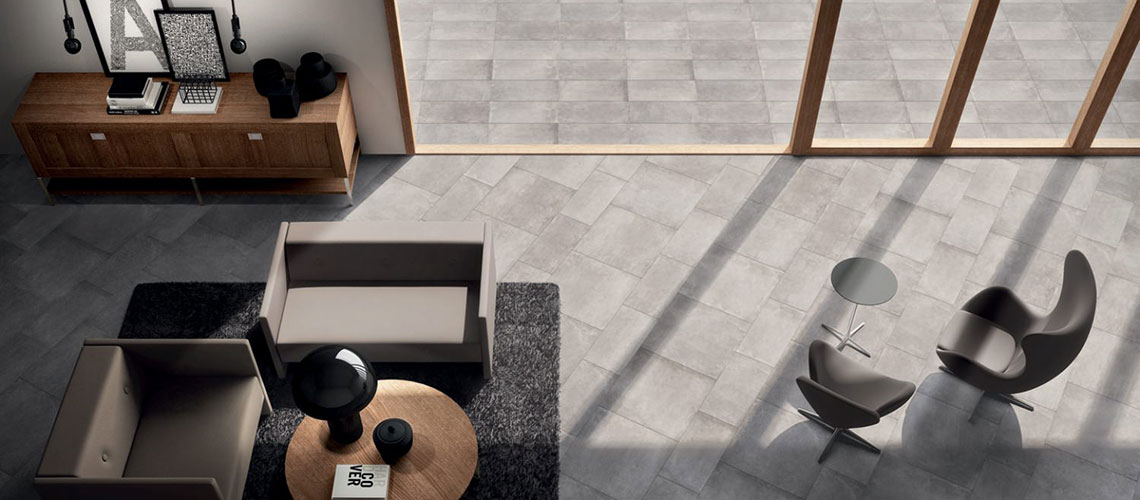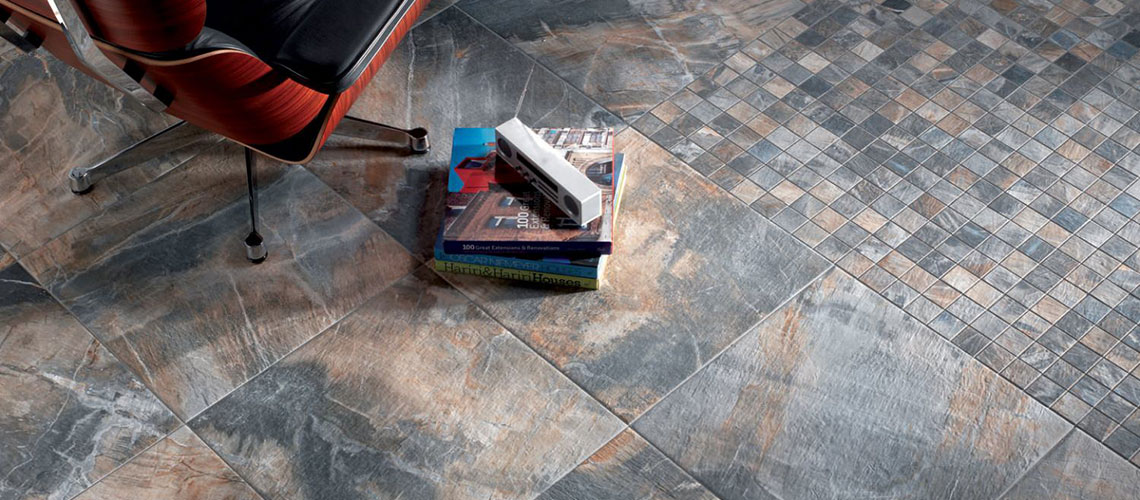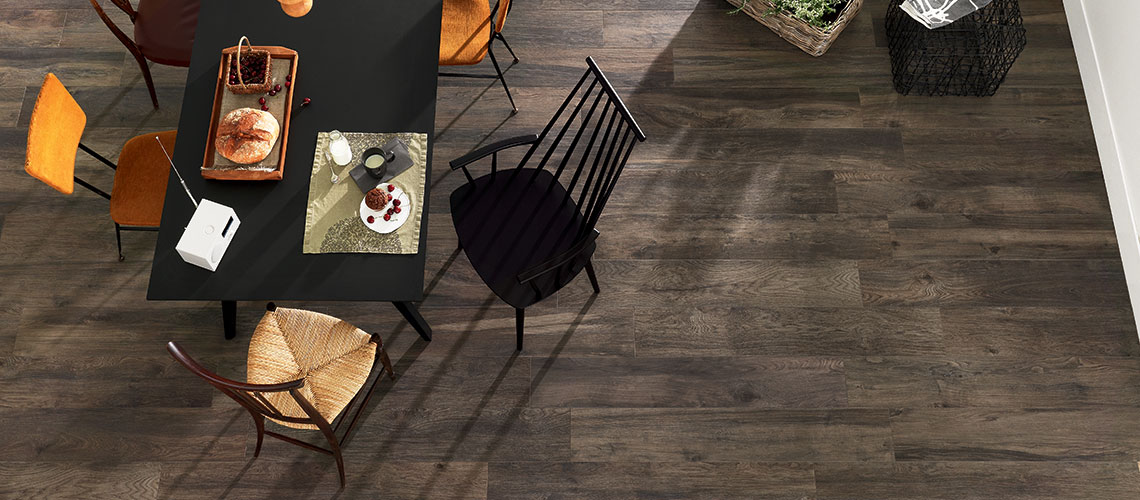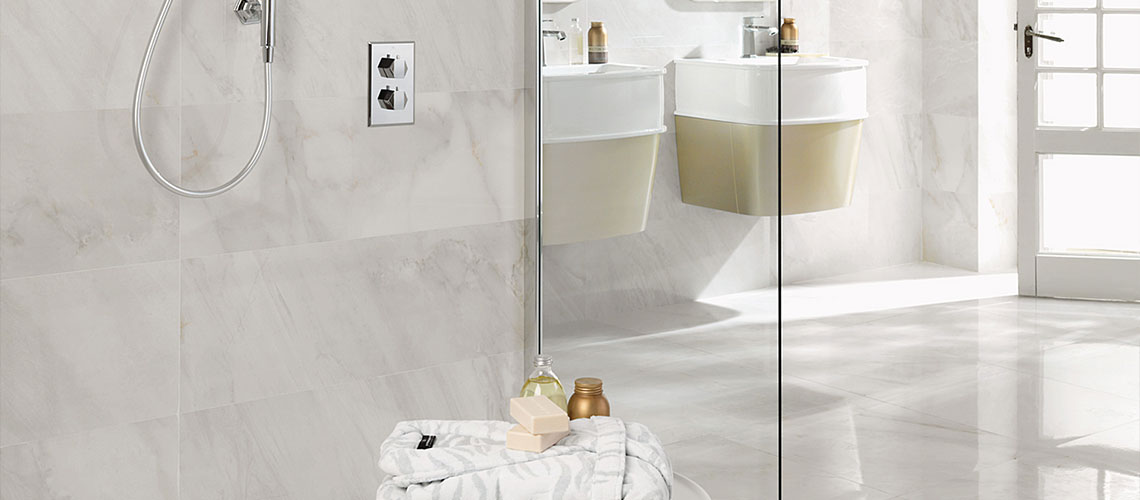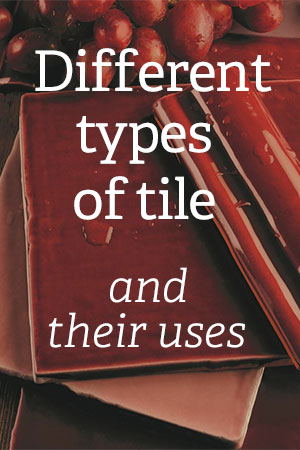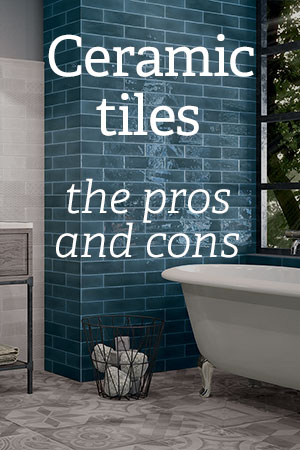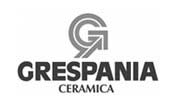We use cookies to make your experience better. To comply with the new e-Privacy directive, we need to ask for your consent to set the cookies. Learn more.
Porcelain tiles - the pros and cons
A porcelain tile could be described as a glorified ceramic. Both materials start out as clay, but the difference lies in the manufacturing process where porcelain is fired at a far higher temperature and with greater pressure. It is also made from a more refined and purified clay, resulting in a superior tile which is stronger, with a harder and more water-resistant surface.
You may need help deciding if a porcelain tile is right for your project. As with all things, they have both their pros and cons which we will look into here.
Starting with the good, the trusty porcelain tile is an excellent flooring choice. It is highly durable and resistant to most heavy impact stresses, making it suitable for high-traffic areas, much more so than the standard ceramic tile. Porcelain is an extremely dense material which is resistant to water penetration and staining. Generally, a porcelain tile will last for decades and has extremely low maintenance - it's easy to clean and does not require sealing.
Although extremely unlikely, should a porcelain tile get chipped, it will not be very noticeable due to its through-body composition where the colour is uniform throughout the tile. Ceramic tiles, in contrast, have a different colour underneath the top glaze, so imperfections will be far more obvious.
Due to the low moisture absorption rate of 0.5% or lower, porcelain is less likely to crack which makes it frost-proof. The porcelain tile will survive even the harshest of winters when used for patios, driveways, balconies and conservatories. A clever trick often used by interior designers is to use the same tile on your floors both inside and out. This creates an uninterrupted view with seamless integration, making the space appear larger.
Pictured: ABK Docks Black porcelain tile
Porcelain tiles come in a larger range of sizes than other materials, giving you plenty of options. They can range from tiny mosaics to huge slabs of up to 3 metres in length! The larger the tile, the fewer grout lines you’ll need. With porcelain, there is also the option to have rectified edges, which have been machine cut with precision, so each tile is uniform in size and the edges are cut at an exact 90° angle. Rectified tiles can be laid closer together, resulting in very fine grout lines for a continuous surface and streamline minimalist look.
Pictured: ABK Fossil Blue Naturale porcelain tile
As with ceramic tiles, there is an extensive variety of styles available. Porcelain tiles that have been made to mimic wood or marble, for example, have proven to be some of the most popular designs. The obvious benefit of this is not having to worry about maintenance. Unlike natural stone and traditional hardwood flooring, porcelain tiles are non-porous so will not rot or swell, and do not require sealing, waxing or polishing. The porcelain alternative also comes in at a fraction of the price, and the designs look so authentic it’s almost impossible to tell it apart from the genuine article!
Pictured: NovaBell My Space Tobacco porcelain tile
All in all, a porcelain tile has countless advantages over other tile materials, but there are some drawbacks as well. With so many benefits, it’s understandable that it would be pricier than a standard ceramic tile. However, it’s also time consuming to install and may require special tools when cutting to prevent the dense material from cracking. You will need an experienced tiler to install porcelain, so will have to factor in higher labour charges if you opt for the superior material.
As porcelain tiles are heavier than their ceramic counterpart, they may be more difficult to install, especially when used on the walls. It's also possible that, if too heavy, it may be unsuitable for certain walls or exceed the maximum weight allowance for some substrates. Something to bear in mind if you're living in a high-rise building; you may need to check that the current structure is strong enough to support the weight of the tiles.
Pictured: Porcelanosa Bari Blanco porcelain tile
Many consider the coldness of the porcelain tile to be a drawback, especially when walking barefoot. A cold tiled floor is not always a welcome sight first thing in the morning! The good news, however, is that porcelain tiles are 100% suitable to use with underfloor heating - it’s a disadvantage that’s easily overcome.
If you're tearing up your floors, it may be the ideal time to install underfloor heating too - we have competitive prices for our electric underfloor heating here at Tiles & Bathrooms Online! Porcelain tiles work well with changes in temperature and will not crack provided suitable flexible grouts and adhesives are used. Compared with natural stone, porcelain tiles are relatively thinner, so will take less time to heat up and they will retain the heat well.
Drawing together all the pros and cons of the porcelain tile, most would agree that the payoff of lasting beauty is well worth the extra installation requirements and costs involved.
Please click on the images to read the related blogs in this series. Next up, we shall be putting stone tiles under the microscope, looking at the good and bad points of using the fabulous natural material.




